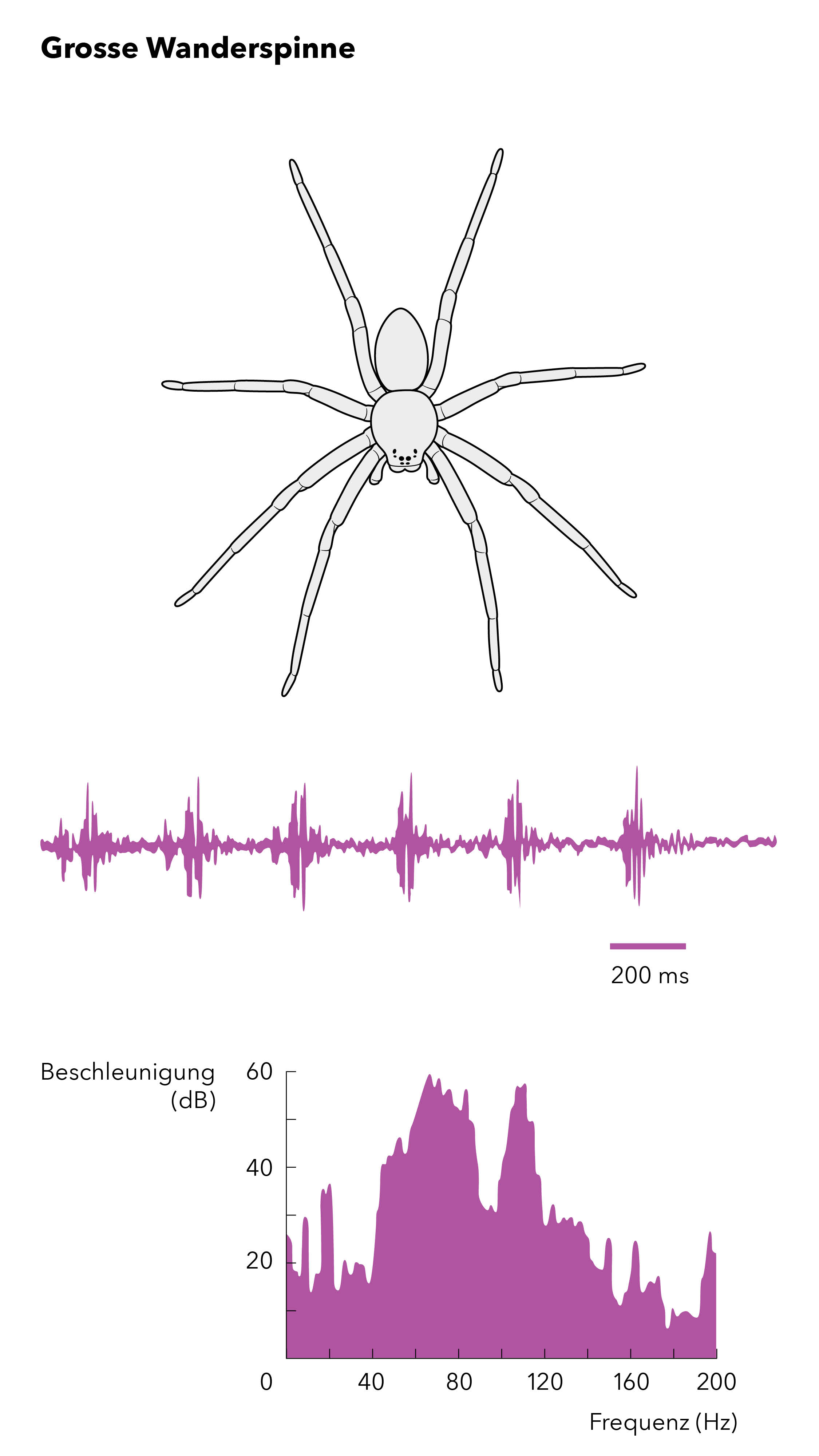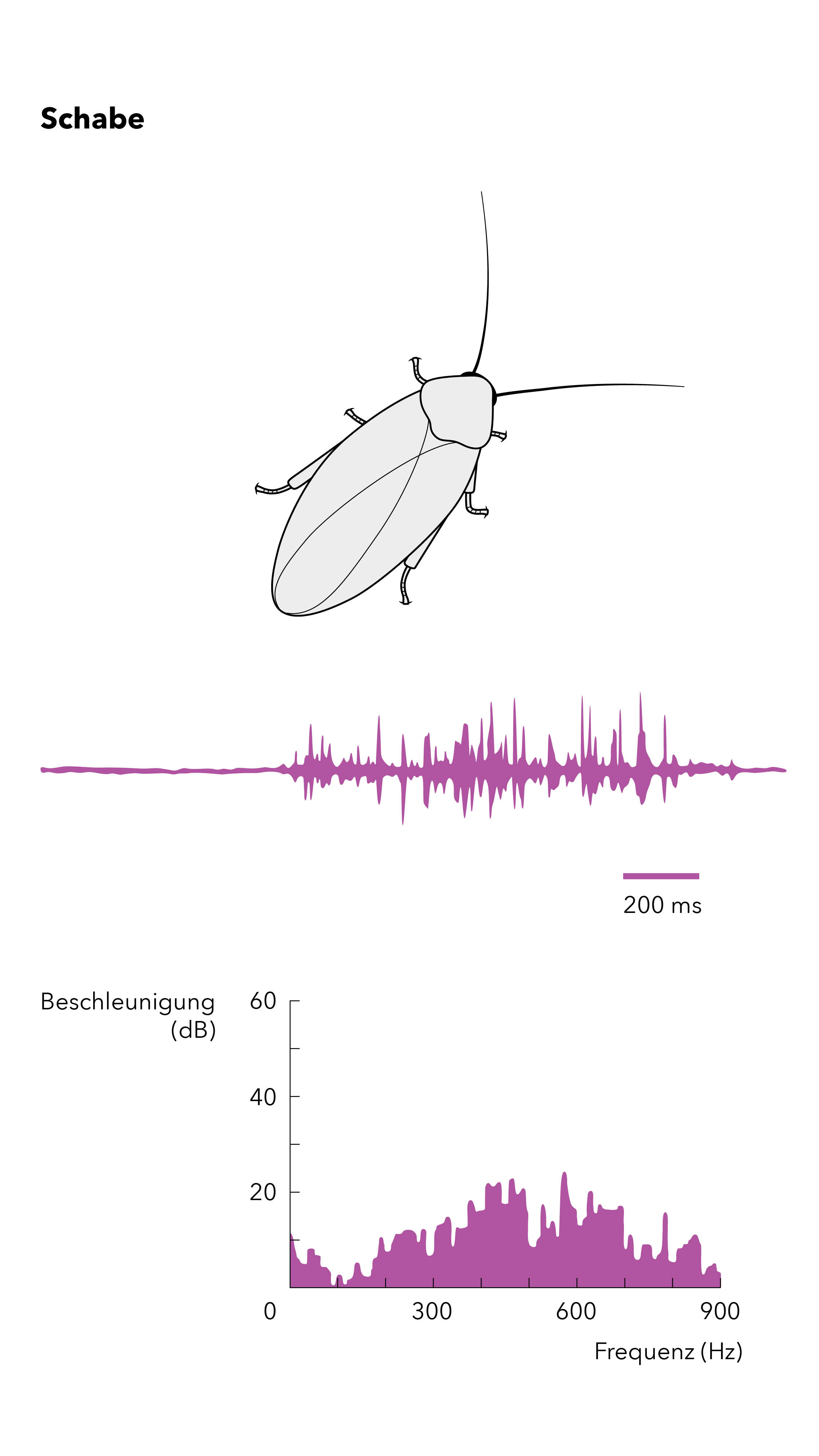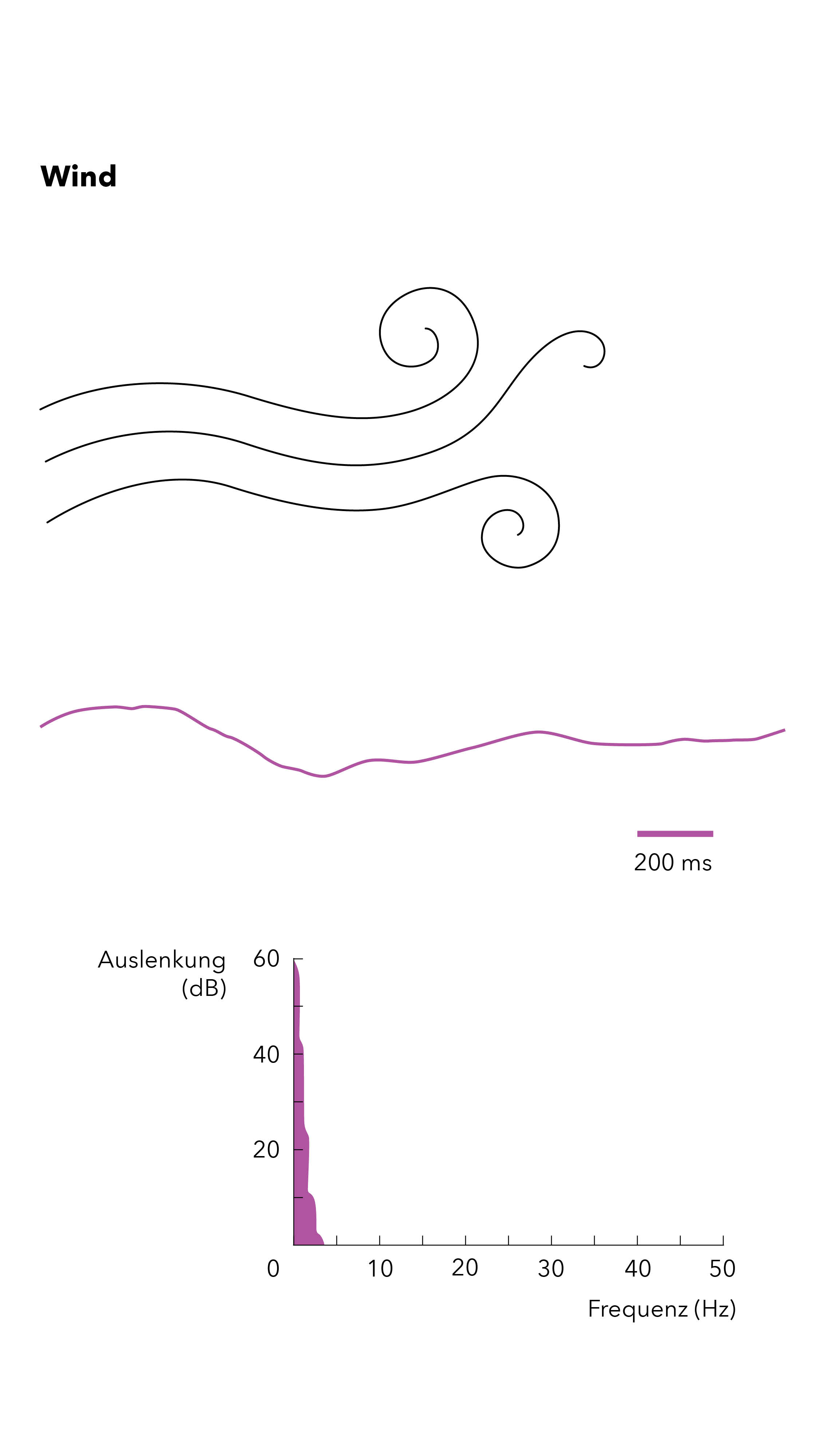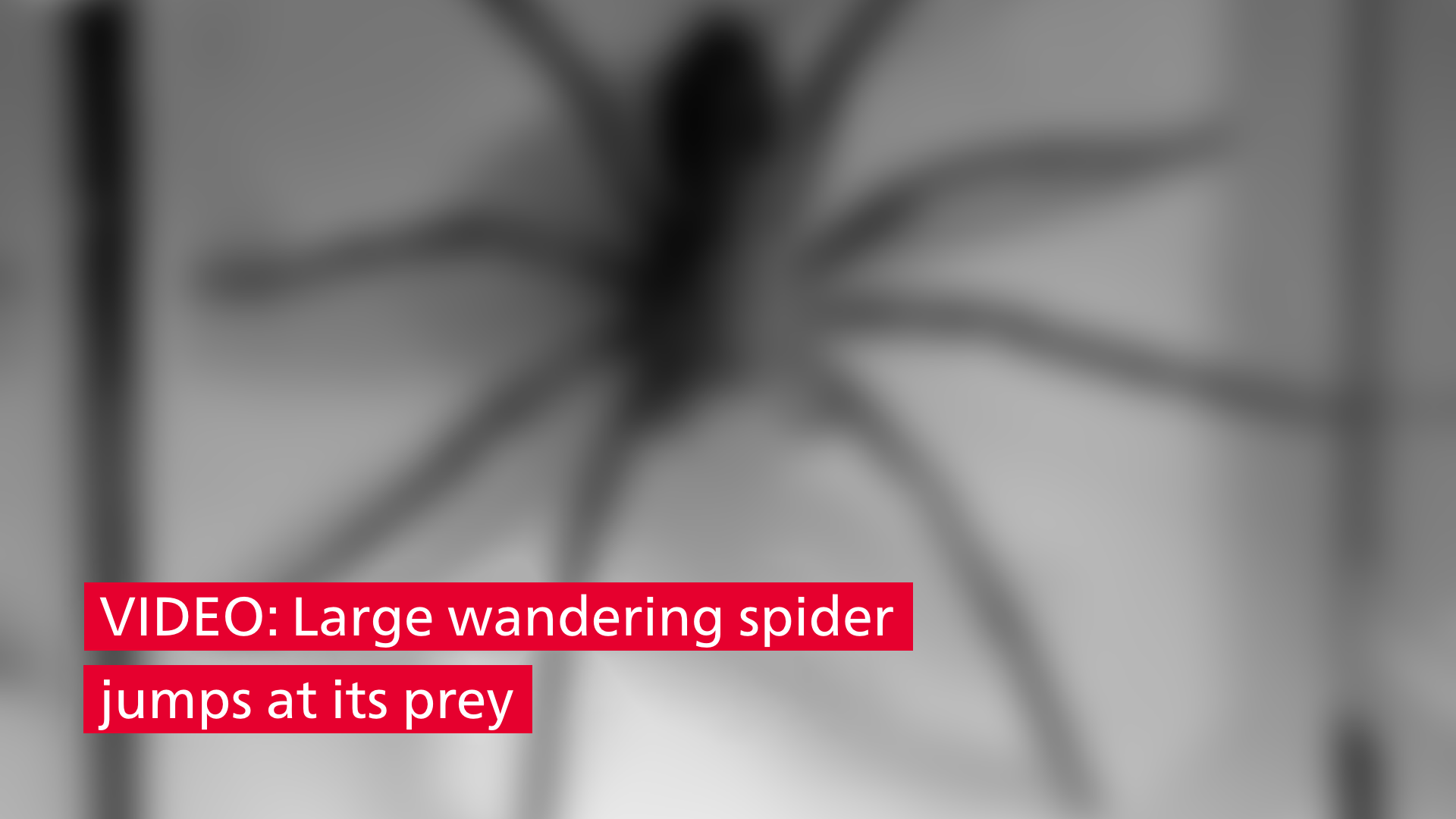Spiders on the hunt
On the prowl with vibrations
Spiders can locate their prey using special sensory organs that detect even the smallest vibrations. The multimedia piece shows how they use these to hunt – without a web.
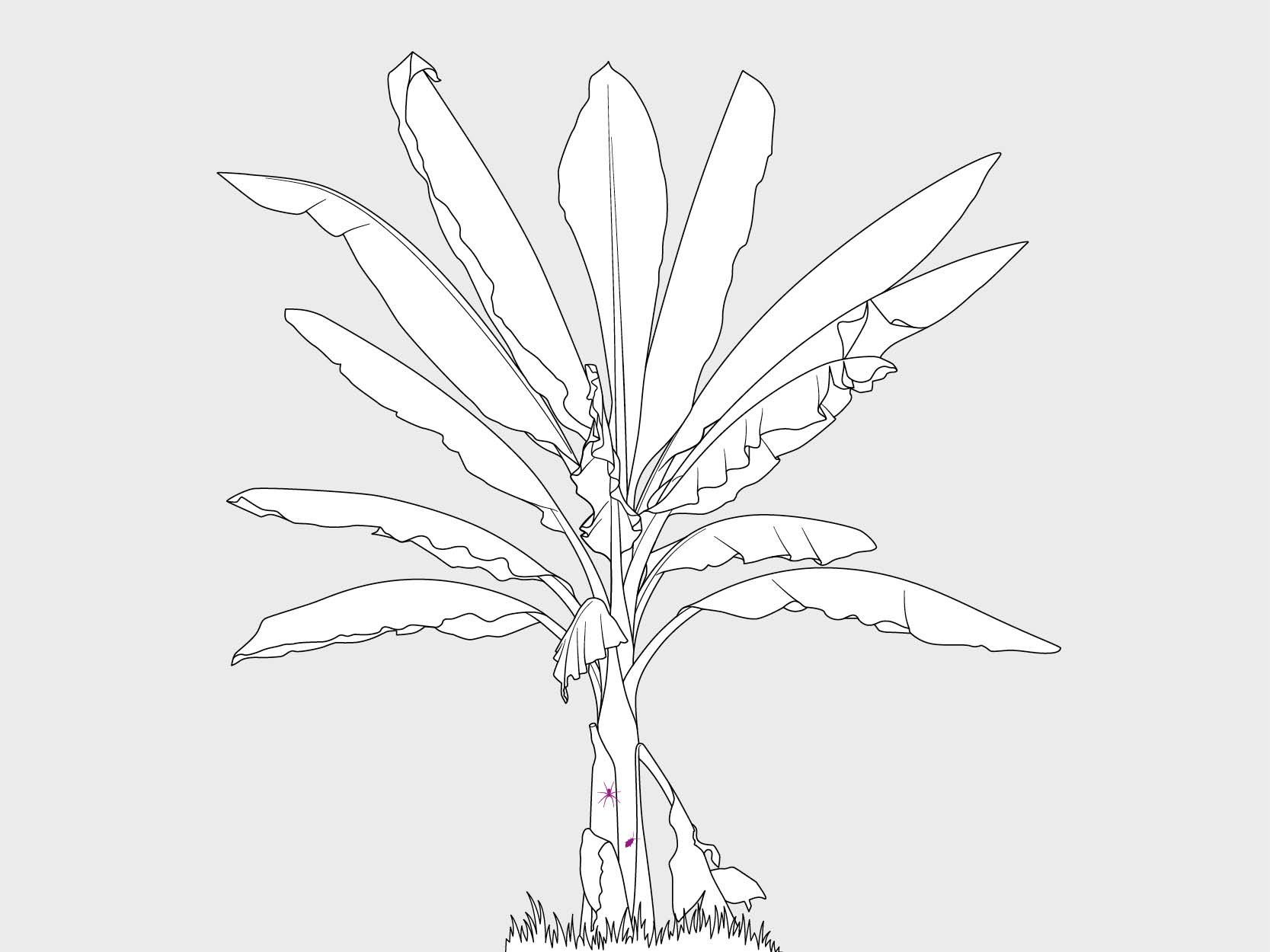
In the Central American rainforest, a large wandering spider, Cupiennius salei in Latin, sits on a banana plant and lies in wait for prey. It is lucky: a cockroach approaches not far from it. Although the cockroach moves almost silently, the spider senses its presence through the tiny underground vibrations caused by its crawling.
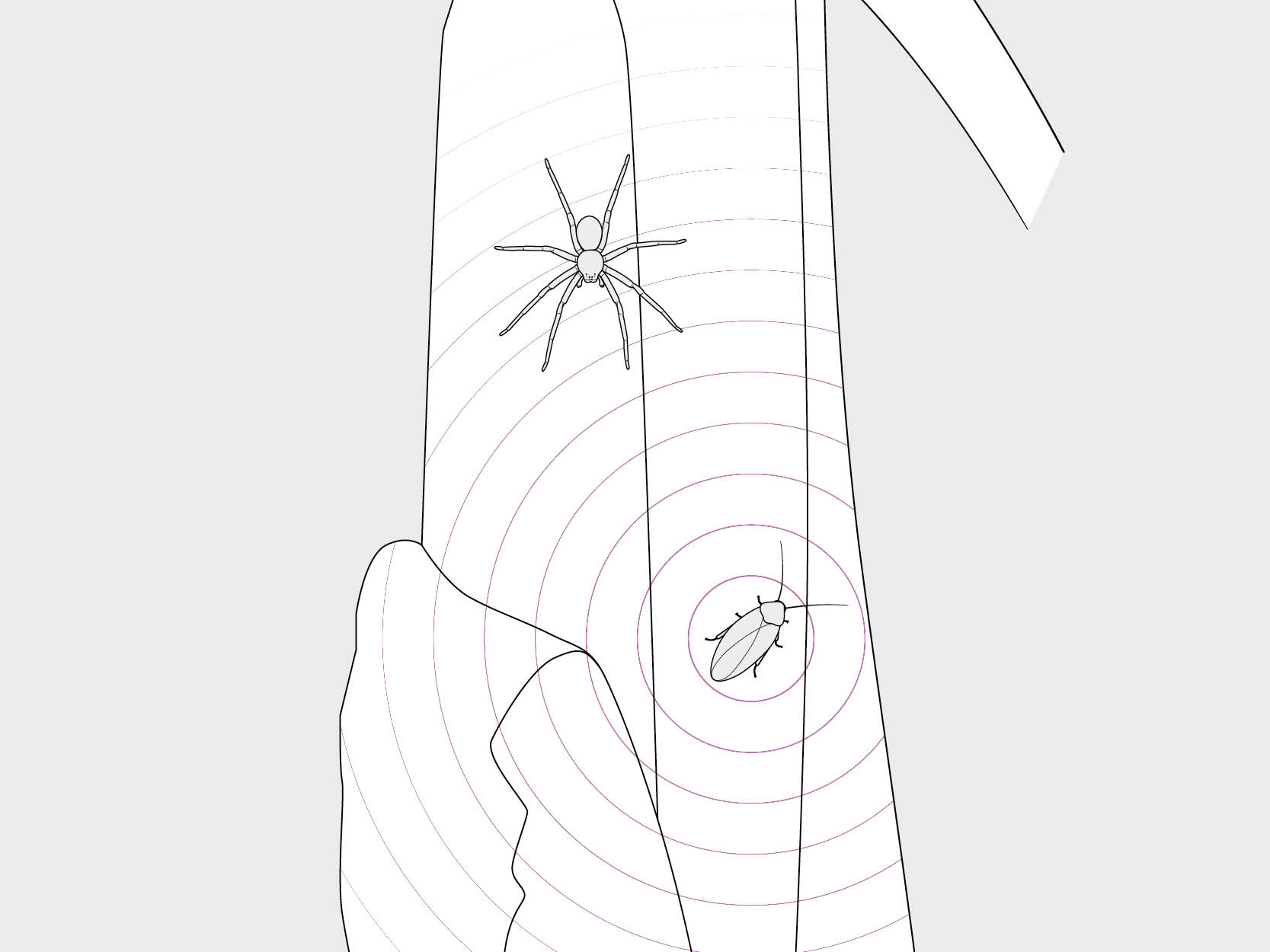
From a distance of up to almost four metres, the large wandering spider registers such underground vibrations. It can distinguish between different patterns: The spider perceives a larger frequency range and an irregular temporal structure of the vibrations as a prey signal. The courtship signal of a male, on the other hand, has a regular temporal structure and a rather small frequency range. And wind has a very small frequency range, to which spiders are rather insensitive.
The information on the following charts is based on the works of Friedrich Barth.
The spider perceives vibrations via its so-called metatarsal organ. The organ consists of several slit sensilla and is located on the ankles. It has membranes in the slits that are connected to nerve cells. When vibrations occur, these membranes are slightly compressed, triggering signalling impulses in the nerve cells.
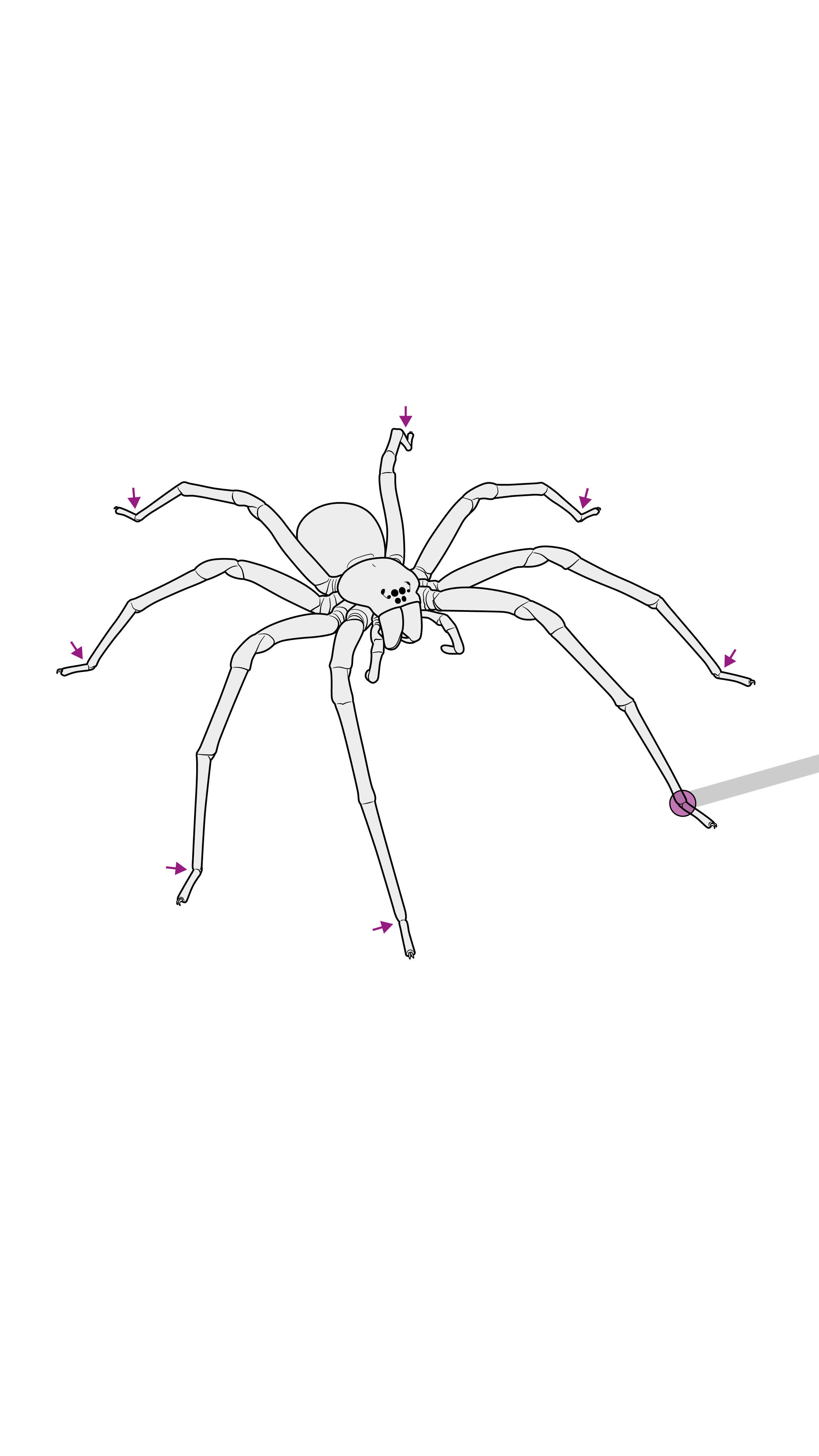
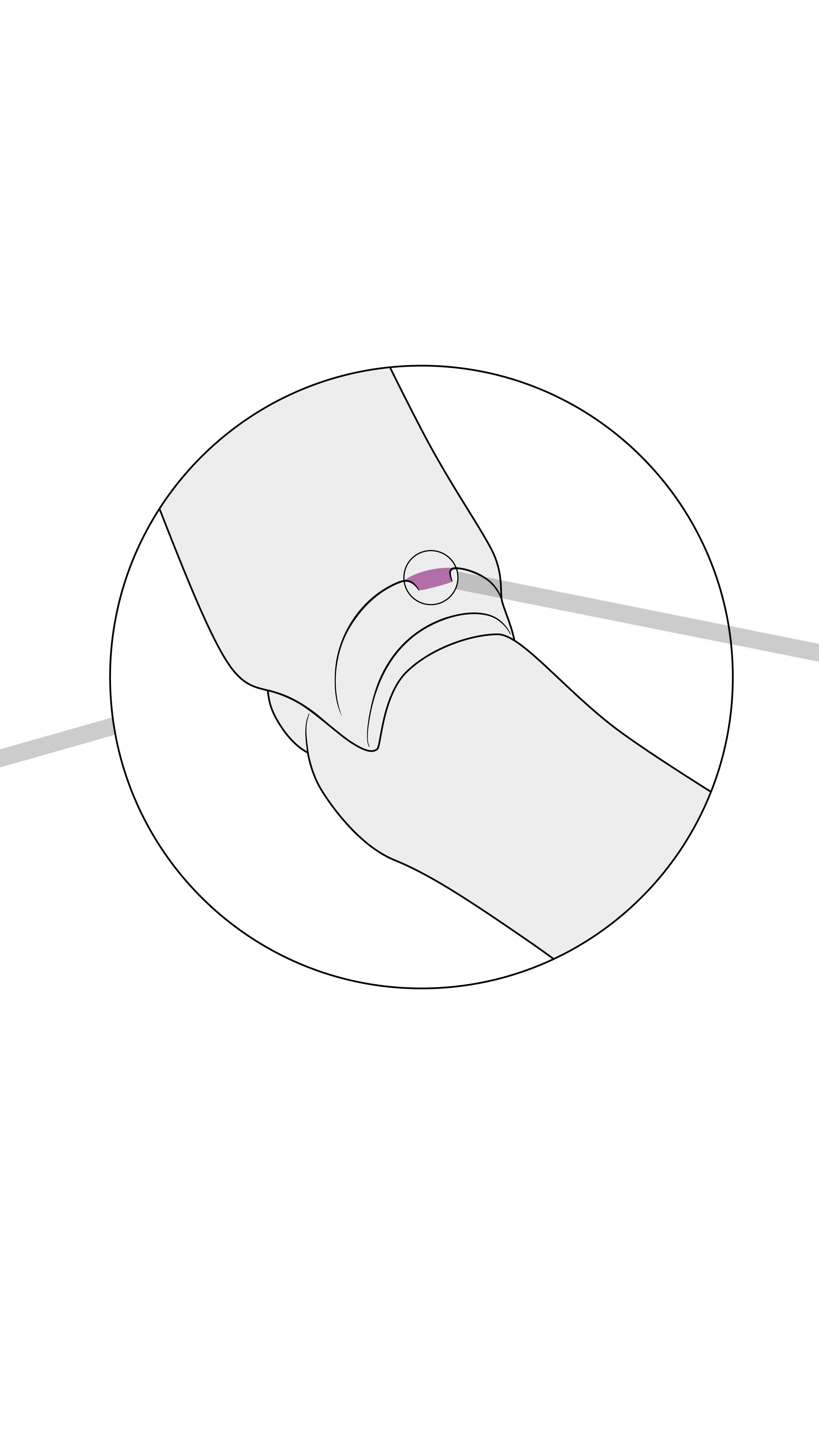
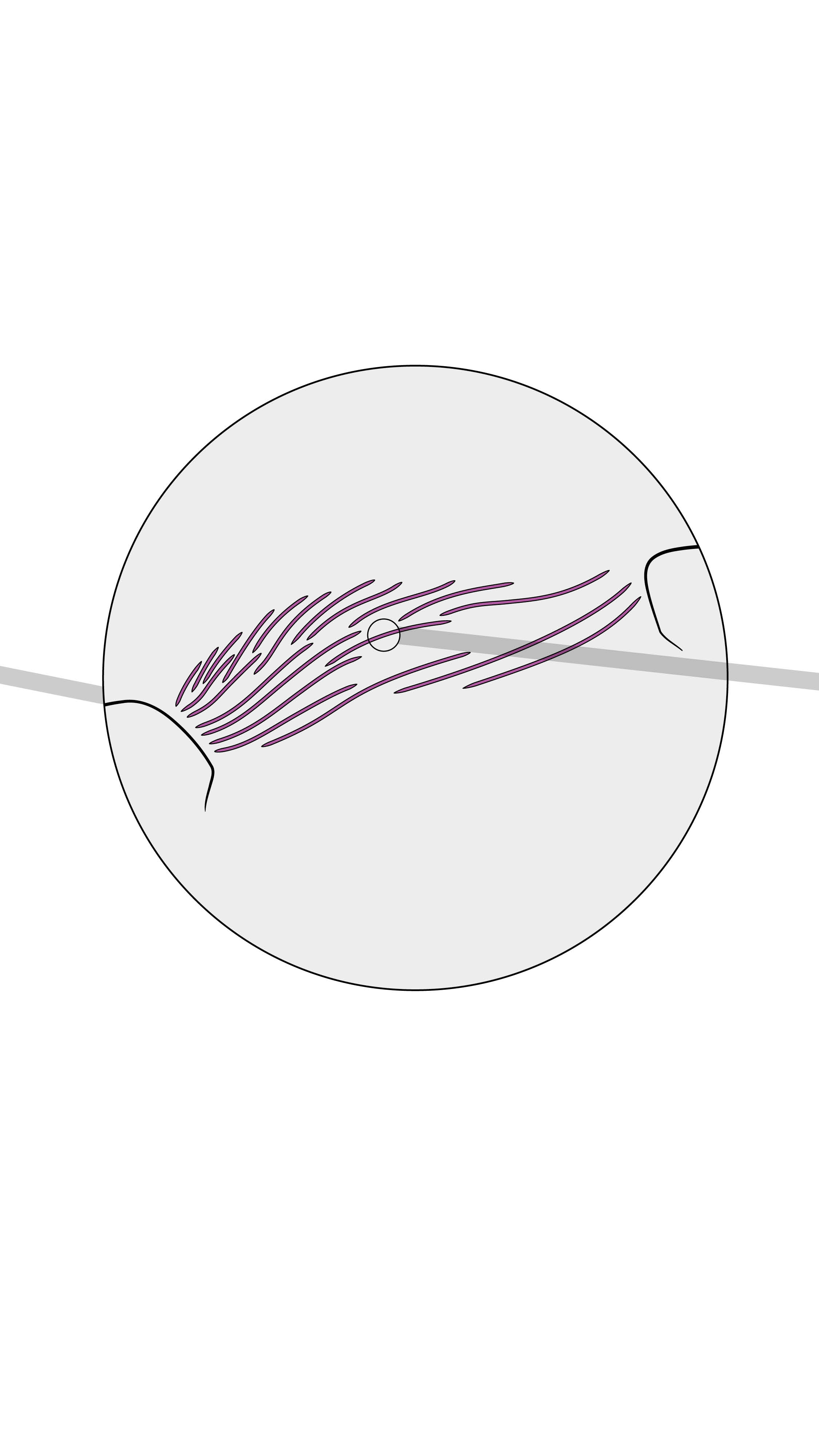
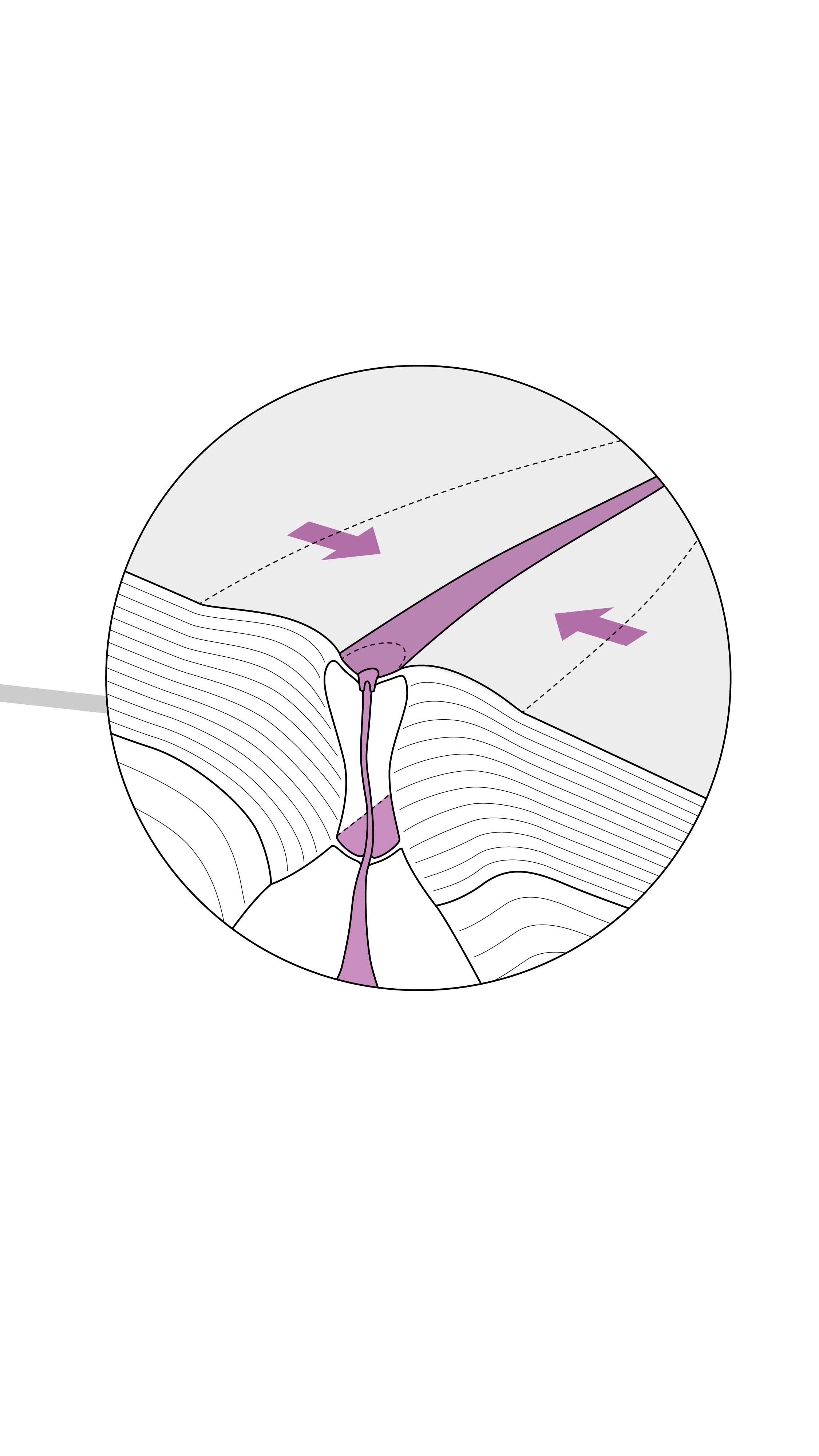
As soon as the cockroach is within a range of around five centimetres, the large wandering spider jumps at its prey, grabs it and paralyses it with a venomous bite. The slow-motion footage, which was taken as part of Benjamin Eggs' master's thesis at the University of Bern, shows the sequence of such an attack.
Source references
Barth, F. G. (2021). A spider in motion: facets of sensory guidance, Journal of Comparative Physiology A 207:239–255.; Barth, F. G. (2001). Sinne und Verhalten: aus dem Leben einer Spinne. Springer-Verlag Berlin Heidelberg.; Eggs et al. Hunting without a web: how lycosoid spiders subdue their prey. Ethology 121: 1166-1177.
Subscribe to the uniAKTUELL newsletter

Discover stories about the research at the University of Bern and the people behind it.
